Tennis and pickleball are two popular racket sports that offer exciting gameplay and opportunities for physical activity.
While they share some similarities, such as the use of paddles and a net, there are significant differences between the two.
In this article, we will delve into the distinctions between tennis and pickleball, including equipment, rules, skills required, playing fields, game sequences, and physicality.
By the end, you'll have a clear understanding of these sports and what sets them apart.
Equipment: Tennis Ball/Pickleball Ball-Tennis Racquets/Pickleball Paddles
One of the primary differences between tennis equipment and playing pickleball lies in the equipment used.
In tennis, players use a larger racket and a ball that is heavier with a stronger bounce.
On the other hand, pickleball utilizes a smaller paddle, resembling a table tennis racket, and a wiffle ball that doesn't bounce as high as a tennis ball.
The visual contrast between the two balls is apparent, with tennis balls being bright yellow and pickleballs typically coming in bright colors.
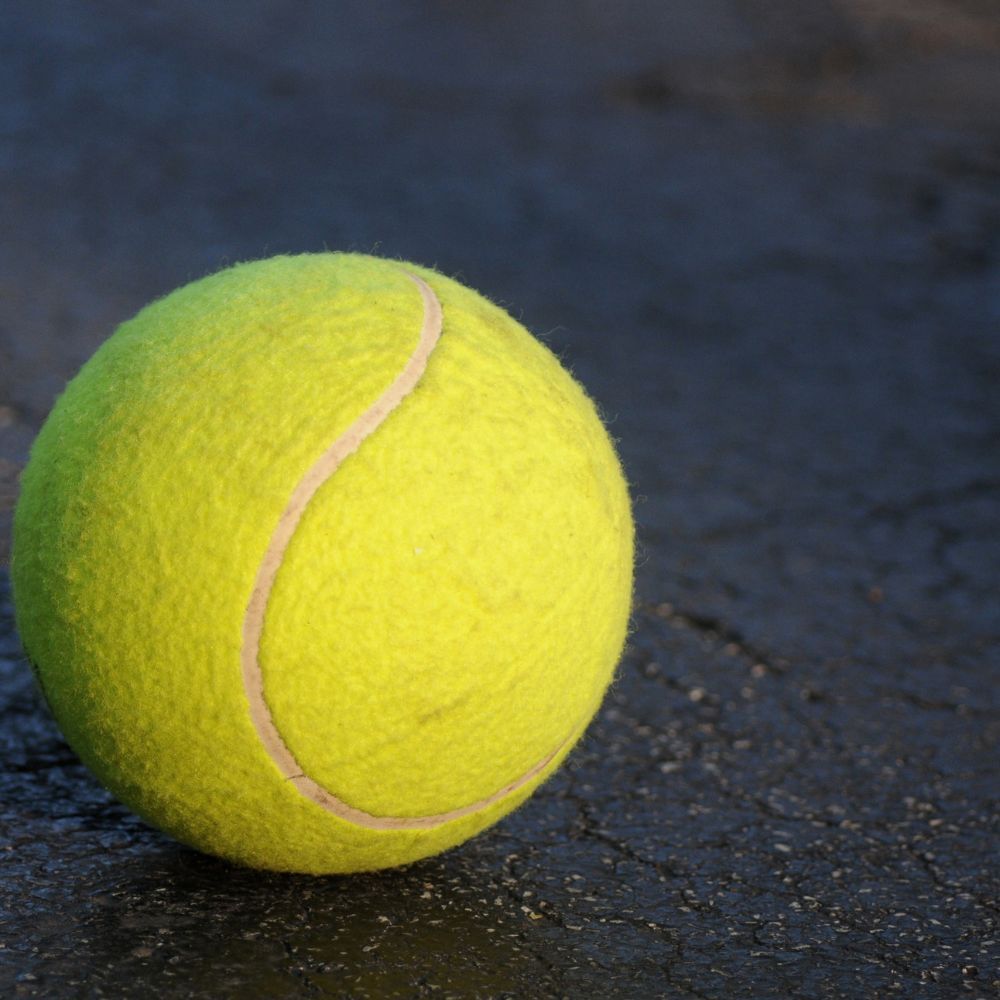
Rules:
The rules of tennis and pickleball also differ significantly. Tennis is played on a larger court, with dimensions of 78 feet long and 27 feet wide for singles matches.
In contrast, pickleball courts are shorter and narrower, measuring 44 feet long and 20 feet wide.
Tennis and pickleball, while both racquet sports differ significantly in their rules and regulations.
Tennis is played on a larger court with a net height of 3.5 feet and features complex scoring based on "love-fifteen-thirty-forty."
It allows for both singles and doubles play, and players often engage in longer rallies, covering a substantial court area.
In contrast, pickleball is played on a smaller court with a net height of 34 inches, and it employs a simpler "1-2-3-4" scoring system.
Underhand serves are mandatory to play pickleball, and players must avoid hitting the ball in the non-volley zone, also known as the "kitchen."
The distinct court sizes, scoring methods, serving techniques, and non-volley zone rules make tennis and pickleball unique in their gameplay experiences.
Skills Required:
Both tennis and pickleball require specific skills for success. Hand-eye coordination is essential in both sports, as players must accurately strike the ball with their racket or paddle.
However, pickleball places more emphasis on agility due to the smaller court size and faster gameplay.
To play Tennis, on the other hand, demands greater endurance and speed, as matches can last longer and require extensive movement across the larger court.
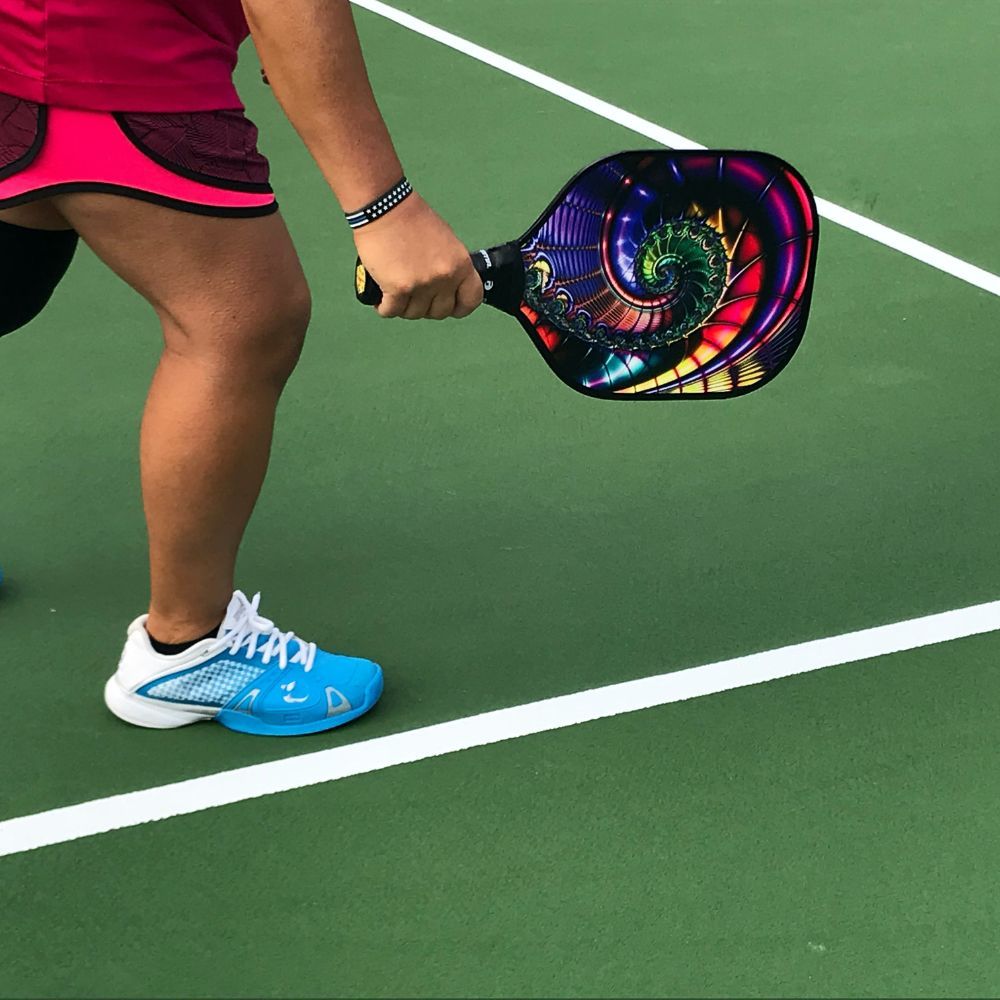
Playing Fields: Tennis Courts/Pickleball Courts
Tennis and pickleball also have distinct playing fields.
Tennis courts can be found on a variety of surfaces, including grass, clay, synthetic, and hard courts.
Pickleball is predominantly played on hard court surfaces, making it more accessible and consistent in terms of gameplay.
Game Sequences:
The sequences of play differ between tennis and pickleball as well.
In tennis, the server has two attempts to get the ball over the net, and the receiver must return it before it bounces twice.
The rally continues until one player fails to return the ball within the designated boundaries.
In pickleball, the serving player must hit the ball underhand diagonally to the opposite service box, and the receiving player must allow the ball to bounce once before returning.
The game progresses as players alternate shots until a point is won.
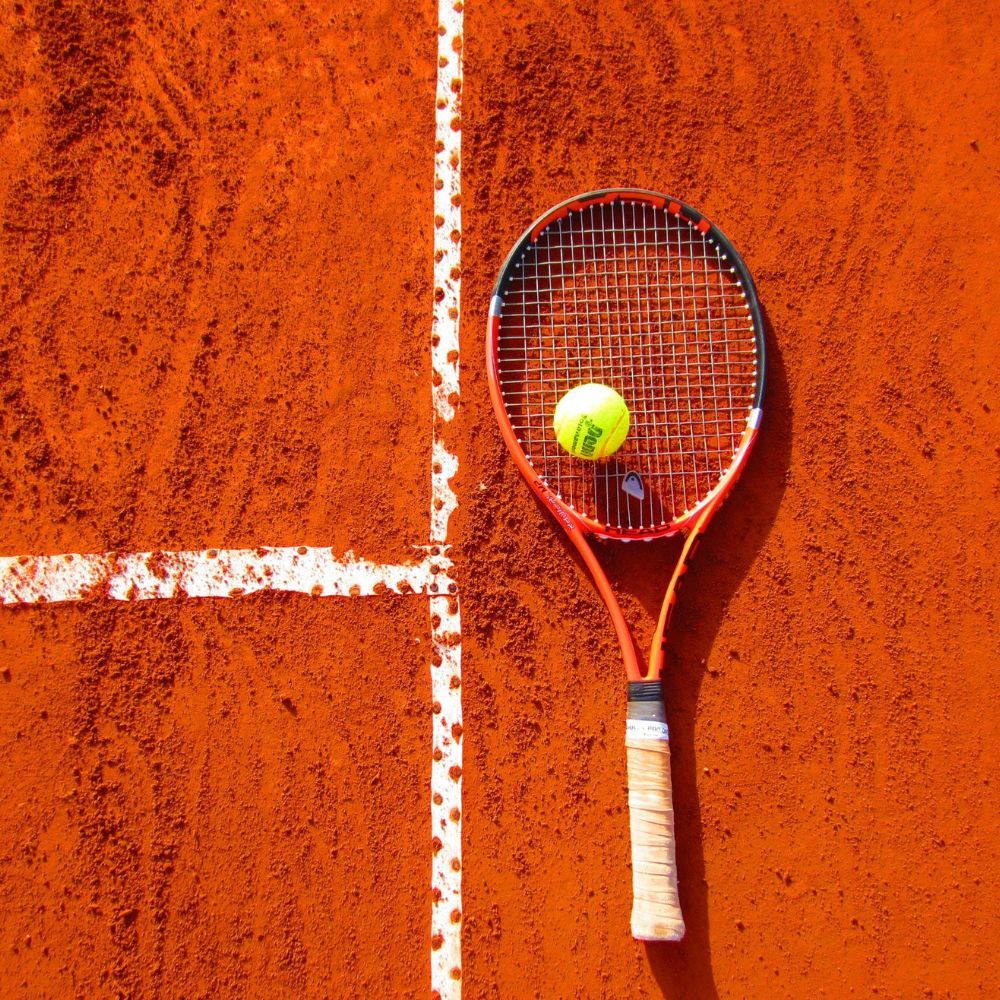
Physicality:
When it comes to physicality, tennis, and pickleball cater to different preferences and fitness levels.
If you've played tennis you'll know that Tennis requires greater endurance, as matches can last for hours, and players need to cover a larger court.
The fast-paced nature of pickleball demands quick reflexes and agility, making it an excellent choice for those who prefer shorter bursts of intense activity.
Ultimately, the decision between the two sports may depend on individual fitness levels, preferences, and convenience.
Some Final Thoughts
Tennis and pickleball may share some similarities with racket sports, but they have distinct characteristics that set them apart.
From equipment and rules to skills required and physical demands, each sport offers its unique experience.
Whether you prefer the endurance and larger court of tennis or the agility and faster pace of pickleball, both sports provide opportunities for active and engaging gameplay.
So, whether you're looking to pick up a racket or paddle, give these exciting sports a try and discover the joy of swinging and volleying your way to victory.
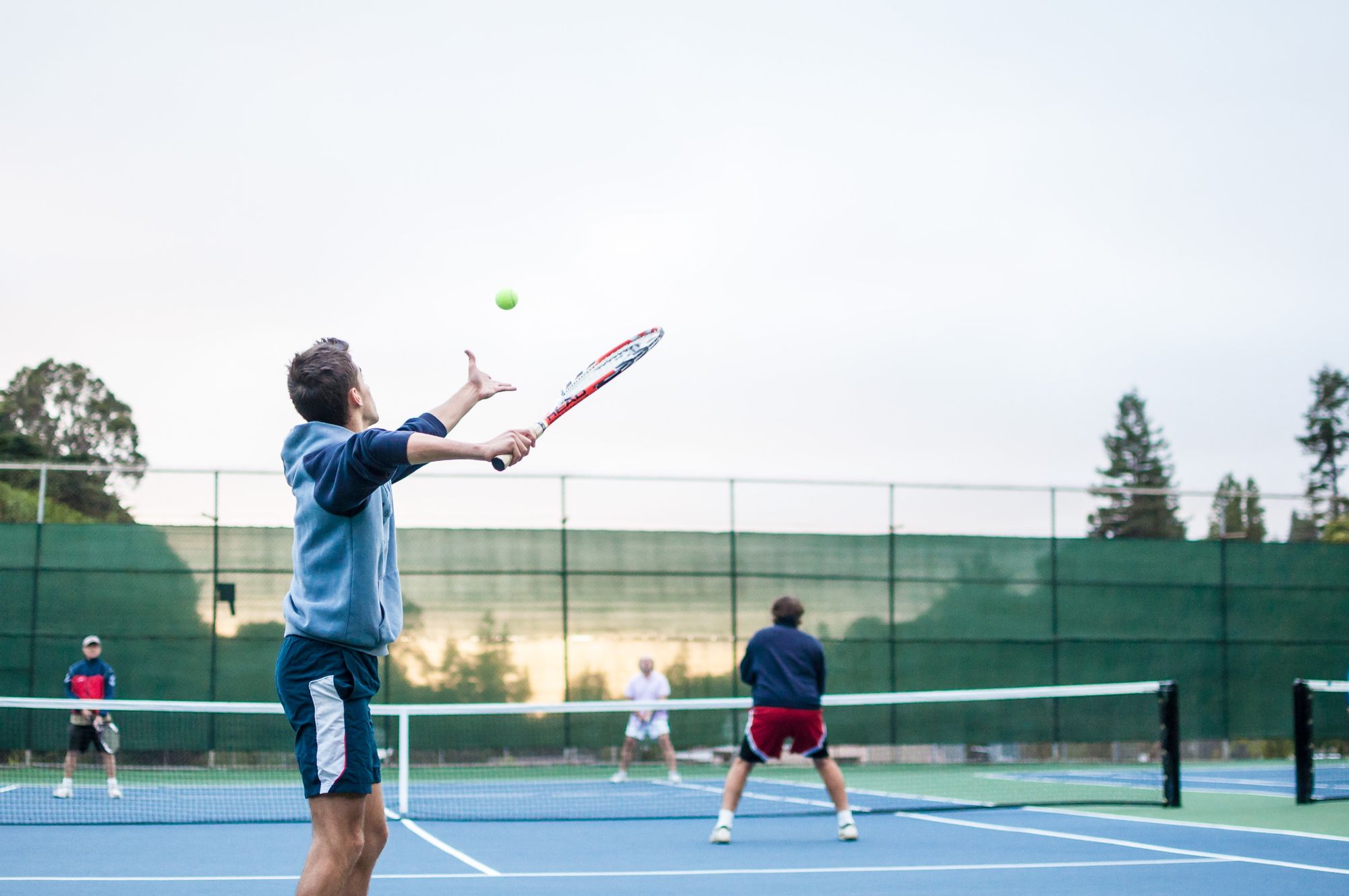
FAQ's
1. What is the primary difference between tennis and pickleball?
- Tennis is played on a full-sized court with a net that divides the court in half, while pickleball is played on a smaller court with a lower net and doesn't have a specific division for singles or doubles play.
2. How does the tennis court size in tennis compare to that in pickleball?
- A standard tennis court is much larger, measuring 78 feet in length and 27 feet in width for singles. In contrast, a pickleball court is only 44 feet in length and 20 feet in width.
3. What equipment is used in tennis that differs from pickleball?
- Tennis uses a racket that is larger and heavier compared to the smaller and lighter pickleball paddle. Tennis also employs a tennis ball, which is significantly larger and faster than the wiffle balls used in pickleball.
4. Are the rules for scoring different in tennis and pickleball?
- Yes, they are. Tennis typically uses a "love-fifteen-thirty-forty" scoring system, while pickleball uses a simpler "1-2-3-4" point system, with games played to 11 or 15 points.
5. Can you describe the serving differences between the two sports?
- In tennis, the server must hit the ball diagonally across the net and into the service box on the opponent's side. In pickleball, underhand serves are mandatory, and the ball must clear the non-volley zone or "kitchen."
6. How do movement and footwork differ in tennis and pickleball?
- Tennis requires more extensive court coverage and running due to the larger court size. In pickleball, players generally have shorter distances to cover, and the game often involves more lateral movement.
7. Is the net height the same in both sports?
- No, the net in tennis is higher, with a standard height of 3.5 feet at the center. In pickleball, the net is lower, measuring 34 inches at the center.
8. Do tennis and pickleball have the same number of players on each team?
- Tennis can be played in singles (1 vs. 1) or doubles (2 vs. 2). In pickleball, doubles play is more common, with 2 players on each side, but singles pickleball is also played.
9. Are there differences in the pace of play between the two sports?
- Tennis typically involves longer rallies and can be more physically demanding due to the court size and ball speed. Pickleball tends to have shorter rallies and a slower pace, making it more accessible for players of all ages.
10. How do the rules regarding the non-volley zone differ in pickleball and tennis?
- In pickleball, the non-volley zone, or "kitchen," is a key area where players are not allowed to hit the ball out of the air. There's no equivalent in tennis. Players in tennis can hit volleys from anywhere on the court.
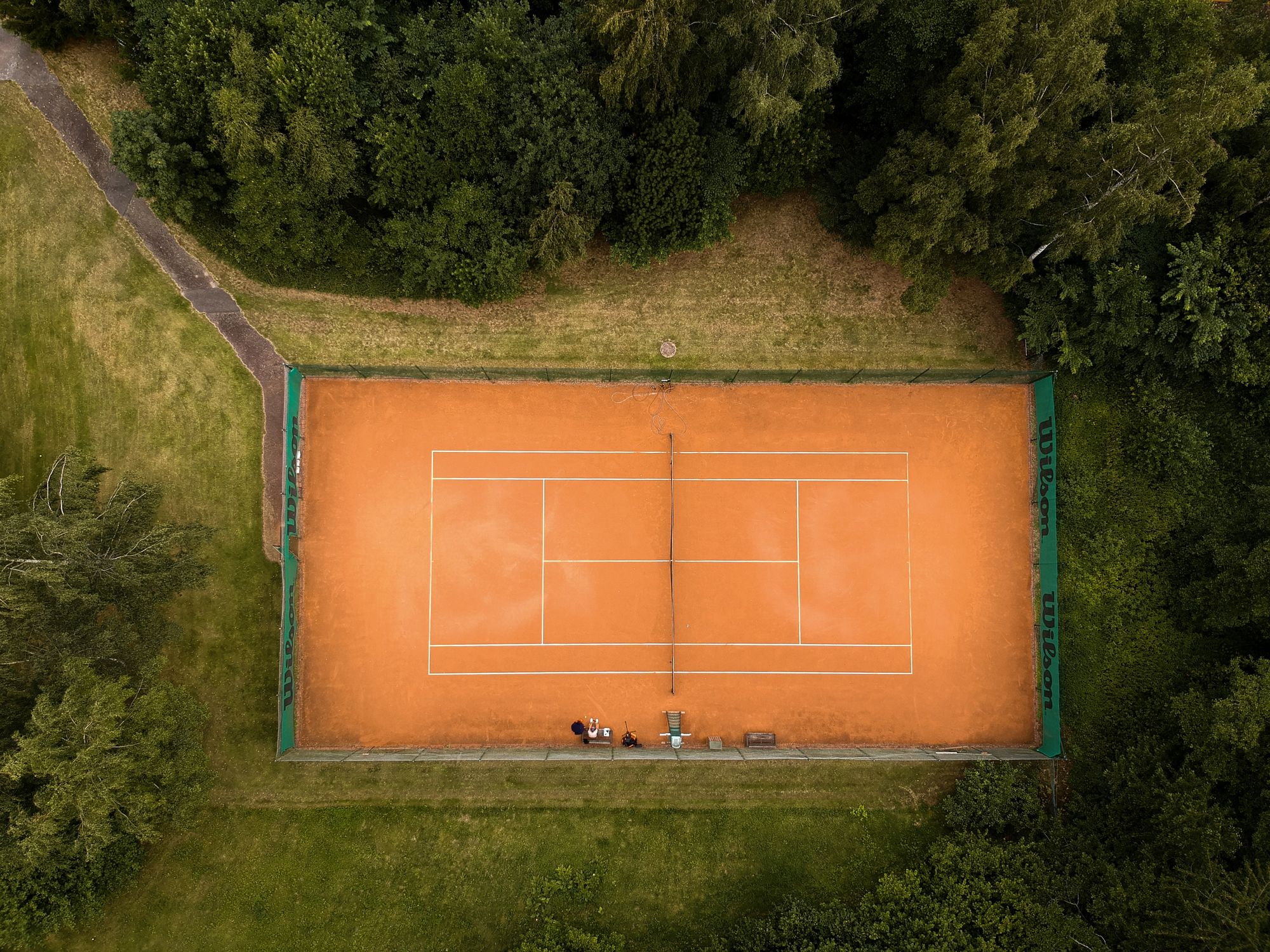
Conclusion
What is the difference between tennis and pickleball, you ask? Tennis and pickleball may both involve hitting a ball back and forth, but that's where the similarities end.
For starters, tennis players use tennis racquets while pickleball enthusiasts wield pickleball paddles.
And while a tennis net stands taunt in the middle of the court, ready to foil any attempt at a cross-court shot, pickleball opts for a low-slung net akin to something you'd see in a riveting game of ping pong.
Sure, both games utilize a small, lightweight ball, but tennis players aim to smash that ball with the power of a thousand suns while pickleballers opt for a more delicate touch.
So, if you're itching to try something new but can't decide between wielding a tennis racquet or a pickleball paddle, just remember this: the racquet might be heavier, but those paddles pack a punch all their own.
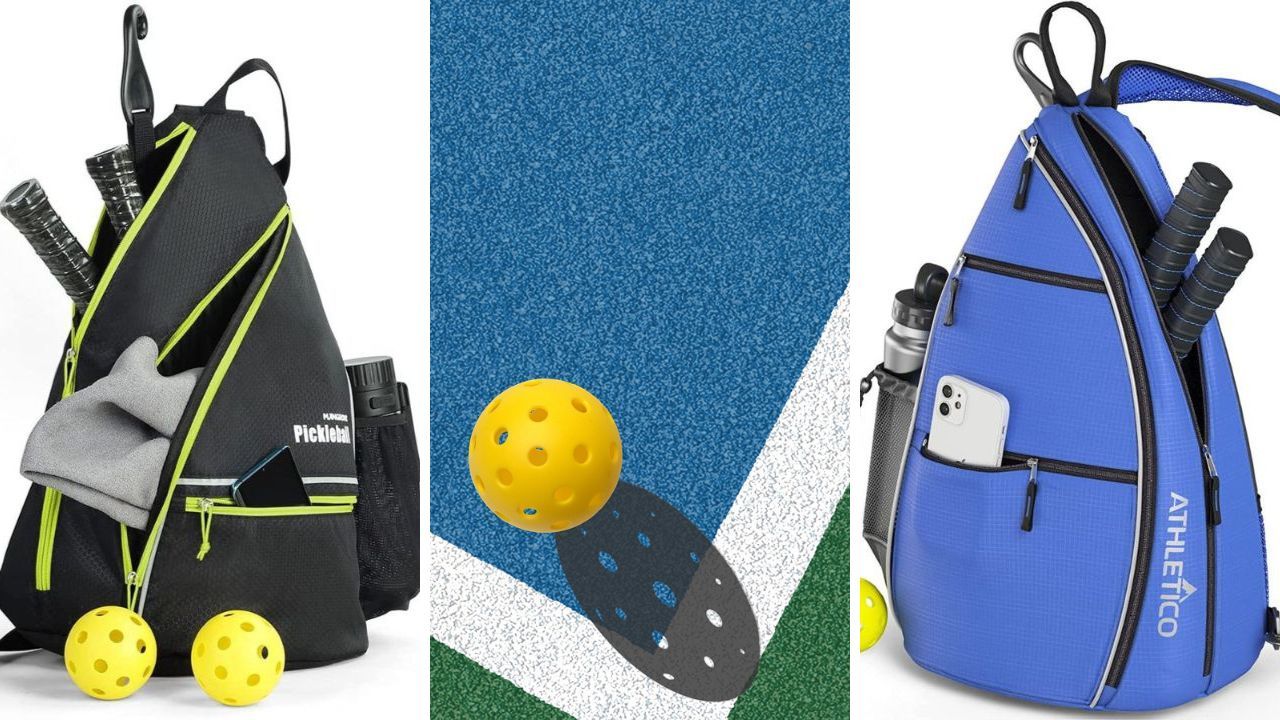






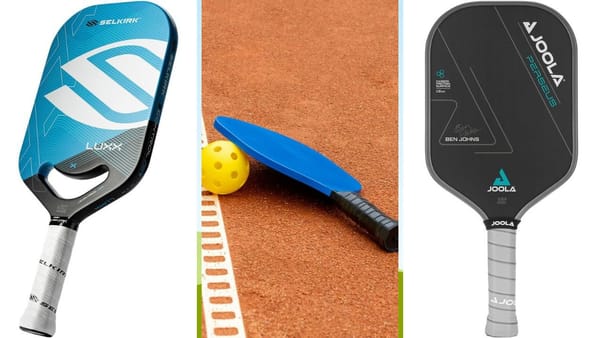

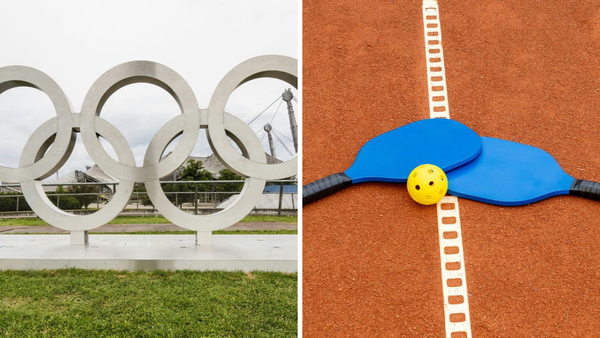
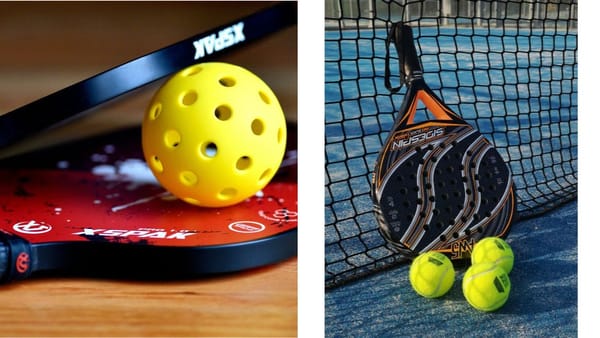

Member discussion